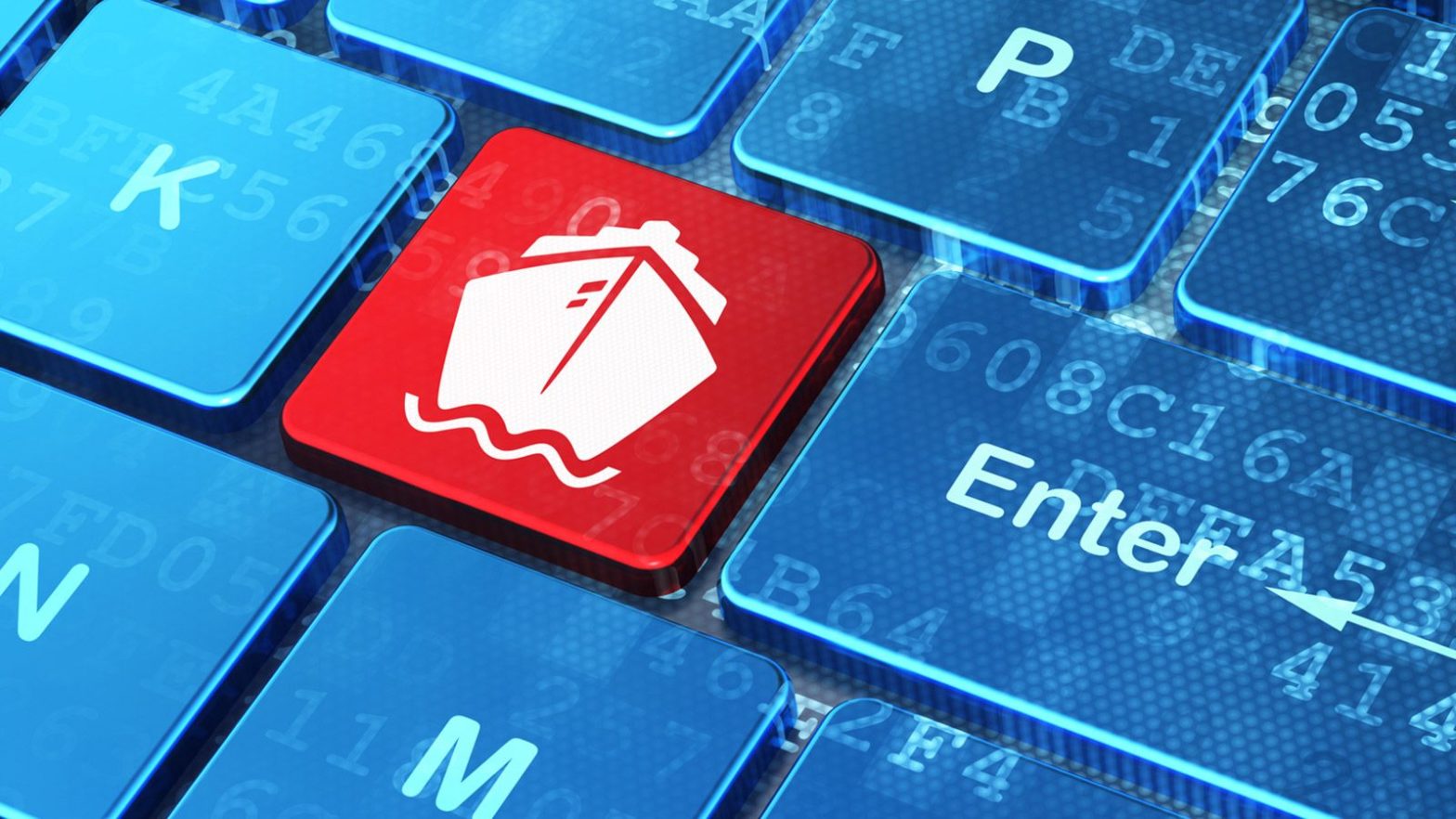Cybersecurity is one of the most pressing problems of our time. Users need to think better about the security of their data, making sure to use only secure methods of storing and transmitting the information. For businesses, protecting sensitive data is key to rapid and successful development, which is why many choose virtual data rooms. This solution provides companies with many features that allow them to securely share data, collaborate on projects, and close deals. This article will teach you what makes a data room software so secure.
What are virtual data rooms?
Virtual data rooms are cloud-based business software. VDR solutions have been around since the early 2000s. Still, they have gained real popularity in the last few years, and the events of the coronavirus pandemic have encouraged its active adoption in business infrastructure. VDRs enable remote business management, complex transactions such as mergers and acquisitions, fundraising, IPOs, and many other transactions from various industries. These solutions streamline the flow of information between parties and facilitate accelerated due diligence and overall deal closing. At the same time, the data room guarantees the complete security of the documents uploaded to the space.
Security features of virtual data room
Security is a top priority for the developers of Best Virtual Data Room Solutions. Although each of them develops its unique product that has its features and feature set, we can still highlight a certain list of security features that are present in almost all quality VDRs:
- Compliance with international security standards
Virtual Data Rooms are licensed software solutions. Therefore, they comply with the best cybersecurity standards, such as ISO, SOC, HIPAA, GDPR, and others. This means that VDRs offer only cutting-edge security technology and are fully authorized to handle sensitive documents.
- Modern Encryption Techniques
Encryption keeps a document secure during storage and forwarding. This feature encrypts the document’s contents so no unauthorized user can decrypt it.
- Watermarks
Watermarks can be visible or invisible. They read the information about each user who accessed the document and all the actions he performed. Thus watermarks protect the copyrights of document owners and prevent the internal threat of data leakage. Even if there is a leak, you can easily identify its source.
- Detailed access permissions for documents
Space administrators have full control. They have the right to decide what actions can be performed with a document by any user. Depending on the role of other users, administrators can deny visibility, partial visibility, copying, printing, uploading, editing, forwarding, and screenshotting of the document. The fewer users have access to a file – the less likely it is to be compromised.
- Backup
Backups inside the data room run 24/7, so you can always restore your data in case of an emergency to the most current version.
- Two-Factor Authentication
This feature protects login to the space and reduces the chances of password theft. Users must enter additional information to verify their identity before logging in.
- Remote Destruction
The ability to work remotely and from any device is great, but there is also the ever-present risk of theft or loss of a device that may contain important information. Virtual Data Room technology has also provided for this, so platform administrators can remotely wipe important data from devices that are not theirs.
- Monitoring features
Stay up-to-date on all events in the VDR platform at all times. The program offers you automatic reports that describe important analytical data. Thanks to this information, you can easily detect suspicious behavior and remove the traitor.

